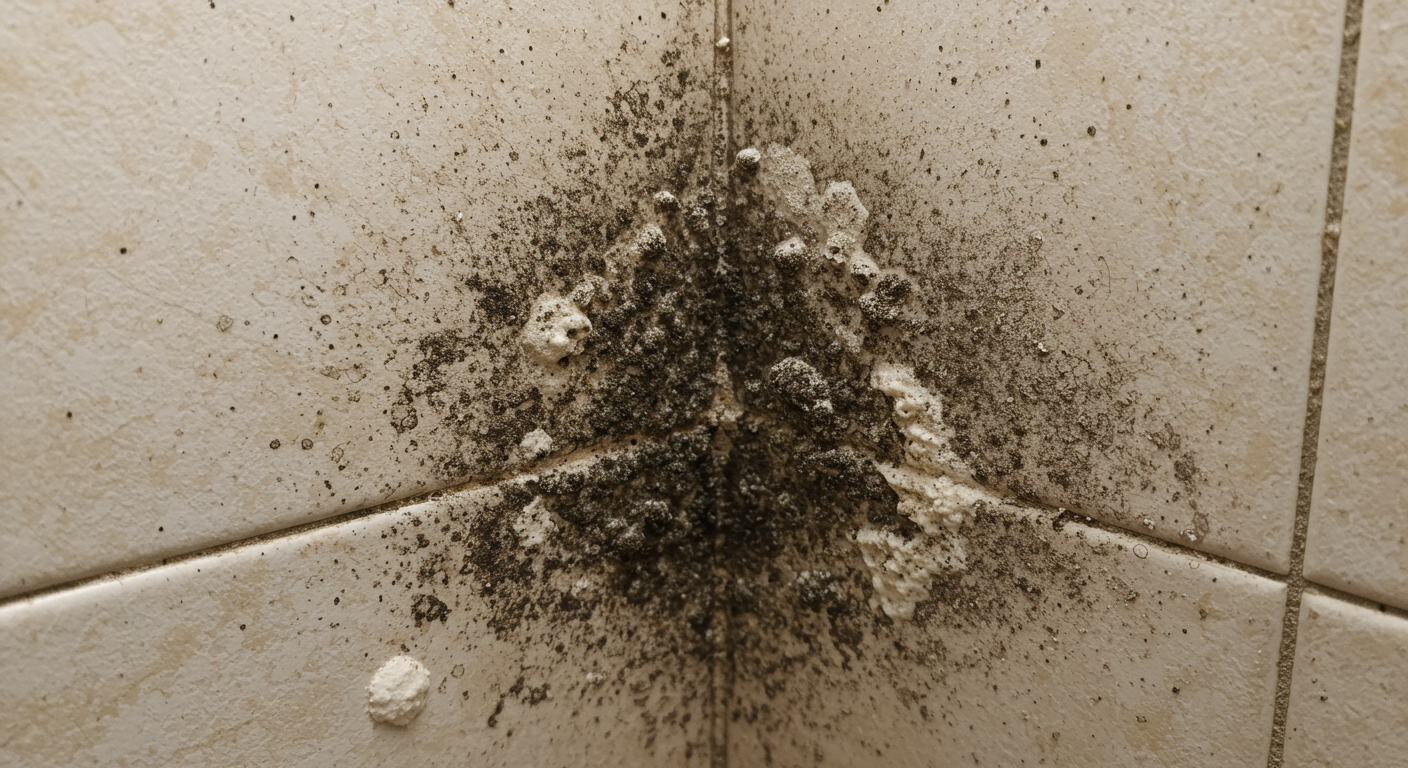
Ever stepped out of a hot shower into a cloud of steamy air, only for your mirror to remain fogged for ages? While a little steam might seem harmless, that persistent moisture in your bathroom can lead to far greater problems than just an obscured reflection. This is precisely why a bathroom exhaust fan isn't just a convenience; it's a critical component for the health of your home and everyone in it.
Beyond the Steam: Why a Bathroom Exhaust Fan is Essential
The job is simple: move humid air and airborne pollutants out, and pull fresh air in. Without proper bathroom ventilation, steam settles as condensation on ceilings, walls, and fixtures, driving up humidity. Over time, that trapped moisture creates the perfect environment for damage you can see—and problems you can’t.
Fighting the Fungi: Preventing Mold and Mildew

The biggest reason for a fan is mold and mildew prevention. These thrive in warm, damp rooms—exactly what a post‑shower bathroom becomes. Beyond being unsightly, mold can harm indoor air quality and trigger allergies or respiratory issues. A working exhaust fan vents moist air before it can settle, cutting off mold at the source. As a simple habit, run the fan during your shower and for 15–20 minutes after, or use a humidity‑sensing model that handles this automatically.
Freshening the Air: Odor and Air Quality Improvement
Bathrooms also produce odors and lingering product fumes. A good fan improves air circulation, clearing smells quickly and helping the whole space feel fresher. This everyday comfort is easy to overlook, but you notice the difference the moment you step back in.
Protecting Your Investment: Longevity of Bathroom Finishes
High humidity is hard on paint, drywall, grout, and wood cabinetry. It peels, bubbles, warps, and stains—fast. If you’ve invested in a bathroom remodel, the right fan is cheap insurance. Proper ventilation extends the life of your finishes and fixtures and saves you from premature repairs and replacements.
Understanding the Requirements: Building Codes and Best Practices
Many jurisdictions require exhaust fans by code to ensure adequate ventilation, and picking the right setup matters. Size the fan by CFM roughly at one CFM per square foot (with 50 CFM as a practical minimum for small baths), choose a quiet unit around 1.0–1.5 sones so you’ll actually use it, and consider helpful features like a timer, humidity sensor, or a fan with an integrated light or heater. Just as important, vent the duct to the exterior—never into an attic or crawlspace—and keep the run short, sealed, and smooth. Placement near the shower or tub captures steam at the source; larger bathrooms may benefit from a second fan or a remote inline unit.
Conclusion
The question isn’t “do I need a fan?”—it’s “how fast can I fix my bathroom ventilation?” From humidity control and mold prevention to better air quality and long‑term protection of your finishes, the benefits stack up quickly. If your mirror stays foggy, paint is peeling, or you don’t have a fan at all, make this upgrade a priority. A properly sized, quiet, and correctly vented bathroom exhaust fan is a small investment with outsized returns in comfort, health, and the longevity of your home.


